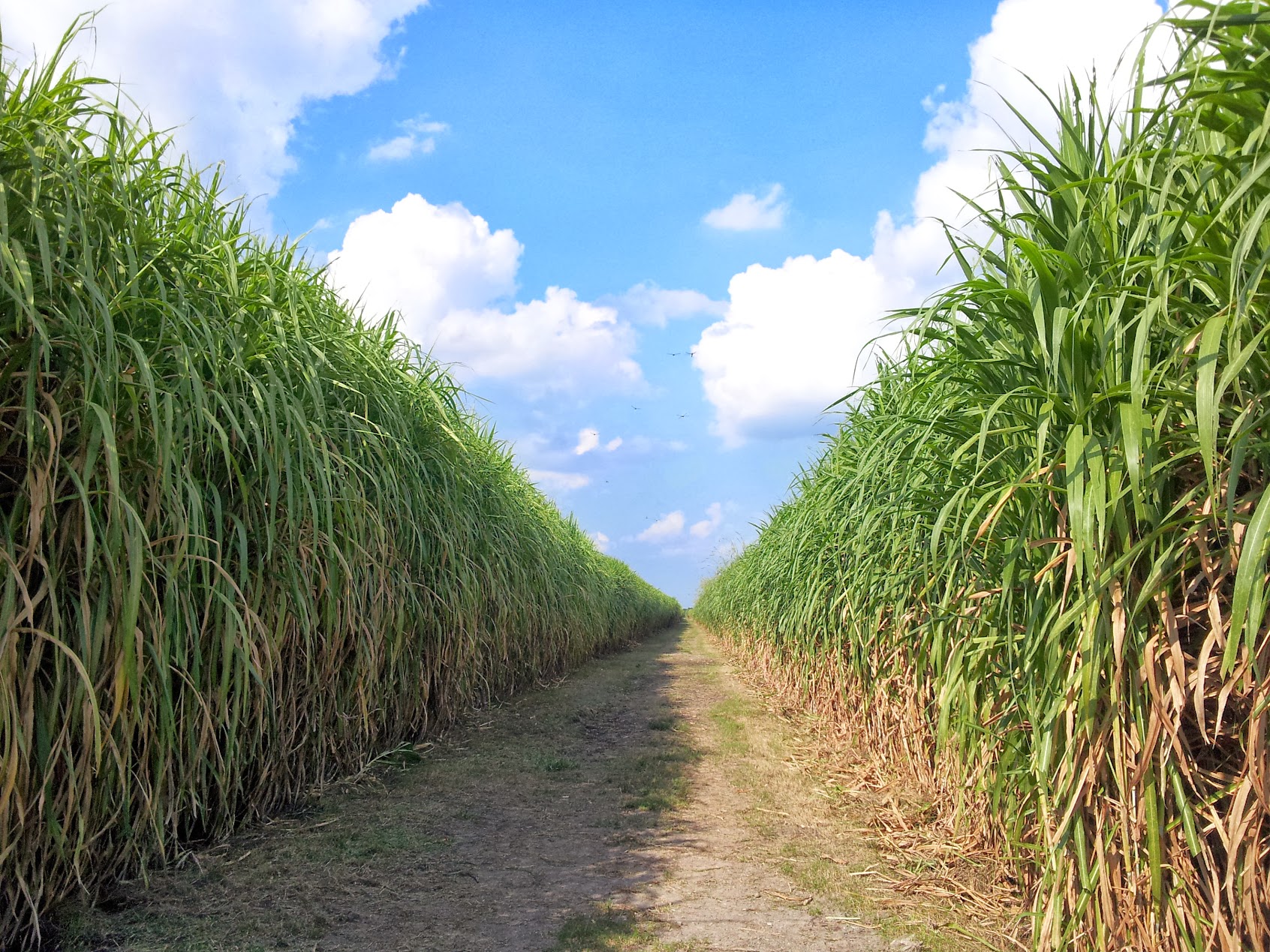The Big Leap of Elephant Grass.
Napier is best grown in warm, tropical and subtropical regions. In the Philippines, it has shown itself well adapted to climate and soil. Farmers uses this grass as fodder crop. It is fed directly to cattle or made into sillage or hay. They also used this as an Integrated Pest Management (IPM) strategy. It is grown along the cro(in rows or borders) to reduce insect pest population. It is also used as fence or bordera for it is good at protecting main crops from too much wind. In marginal land and slopes, it is planted to increase soil fertility and reduce soil erosion. In Bacolor, Pampanga there’s a large plantation of “Super Napier” and they are using this to produce renewable electricity for their meat factory (Pampanga’s Best)
Microbial Fertlizers for Increasing and Sustaining Rice Production on Organic Areas and Area Under Conversion
Ellen S. Romero Abstract Two studies were conducted on the use of solid and microbial fertilizers on rice for four cropping seasons (June to October 2010, January to April 2011, June to October 2011 and Read more…
PYROLIGNEOUS ACID AS GROWTH AND YIELD ENHANCER OF SWEET POTATO (Ipomoea batatas L.)
Levy B. Arago and Sharlene P. Dilan Abstract One of the ways to prevent pest infestation is to provide pyroligneous acid, a kind of vinegar that contains some elements that makes the plant resistant to Read more…
Formulation and Testing of Combined Organic Liquid Supplement from Trichoderma spp. and Fermented Plant and Seed Extracts on the Growth of Organic Pechay
Ellen S. Romero, Lani Lou Mar A. Lopez, Fe L Porciuncula, Purisima P. Juico and Jonathan L. Galindez ABSTRACT The Ramon Magsaysay Center for Agricultural Resources and Environment Studies (RM-CARES) has isolated Thrichoderma longibrachiatum and Read more…
Evaluation of Suitable Rate of Organic Fertilizer in Combination with Different Plant-based Fermented Extracts for Aromatic Rice Grown in a Certified Organic Area
Ellen S. Romero, Melchor P. Pascua and Fe L. Porciuncula Ramon Magsaysay Center for Agricultural Resources (RM-CARES) Central Luzon State University ABSTRACT The research was conducted in four cropping seasons in a in a certified Read more…
ON-FARM TRIALS AND STABILITY ANALYSIS OF CARROT VARIETIES FOR ORGANIC PRODUCTION IN THREE AGRO-ECOLOGICAL ZONES OF THE PHILIPPINES HIGHLANDS
Belinda A. Tad-awan and Darwin B. Basquial Abstract Few varieties adapted under organic conditions were one of the gaps identified for sustainable vegetable production in the Philippine highlands. In this research, carrot (Daucus carota L.), Read more…
GROWTH AND FRESH POD YIELD OF THREE POLE SNAP BEAN (Phaseolus vulgaris L.) VARIETIES GROWN ORGANICALLY IN THREE LOCATIONS IN BENGUET, PHILIPPINES
Nobel G. Tayan, Leoncia L. Tandang and Margie S. Espie Abstract Productive of organic foods is one of the challenges in crop production. However, it is limited due to lack of suitable varieties. To meet Read more…
ALTERNATIVE SUBSTRATE MEDIA FOR Bacillus subtilis AGAINST FUSARIUM WILT (Fusarium oxysporum)
Catherine Anne Porter and May V. Tampus Abstract The Philippines is one the major banana producers in Asia. Banana is known to be susceptible to diseases. The most common among these diseases is fusarium wilt Read more…
ADOPTION OF ORGANIC AGRICULTURE PROGRAM AMONG UPLAND VEGETABLE FARMERS IN MAMBAJAO, CAMIGUIN ISLAND
Alexander N. Morados, Jr. Abstract The study sought to describe the factors affecting the adoption of organic agriculture program among upland vegetables farmers in Mambajao, Camiguin from 2012-2015. Complete random sampling was used in the Read more…
ASSESSMENT OF TAMARIND (Tamarindus indica L.) AND SWEET SORGHUM (Sorghum bicolor L. Monech) ORGANICBY-PRODUCT FORMULATIONS FOR SKIN HEALTH CARE
Regina D. Loria, Norman G. De Jesus, Filomena K. Reyes and Honorio M. Soriano Jr. Abstract The use of botanical extracts and essential oil in skin care has been increasing due to greater demand on Read more…
